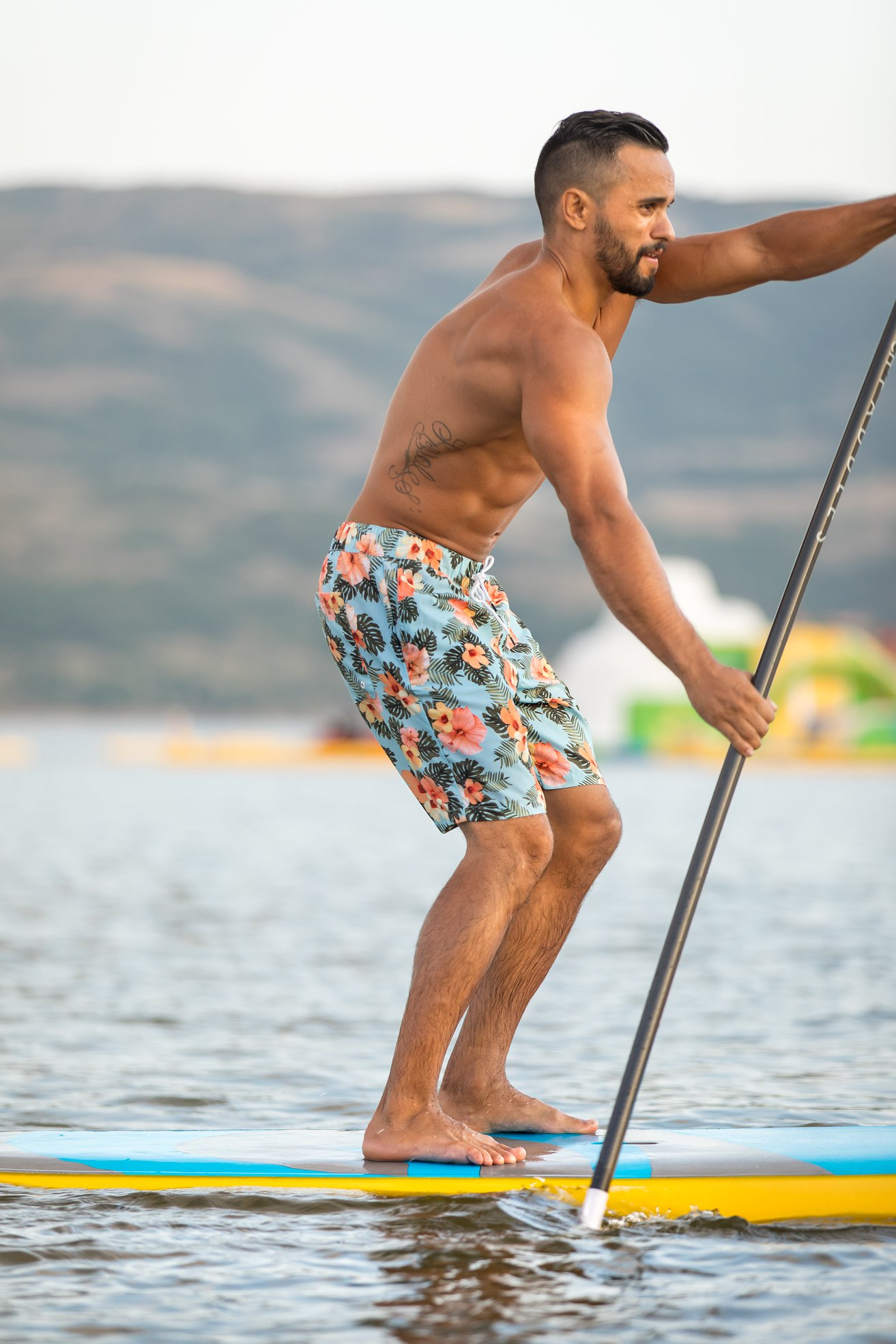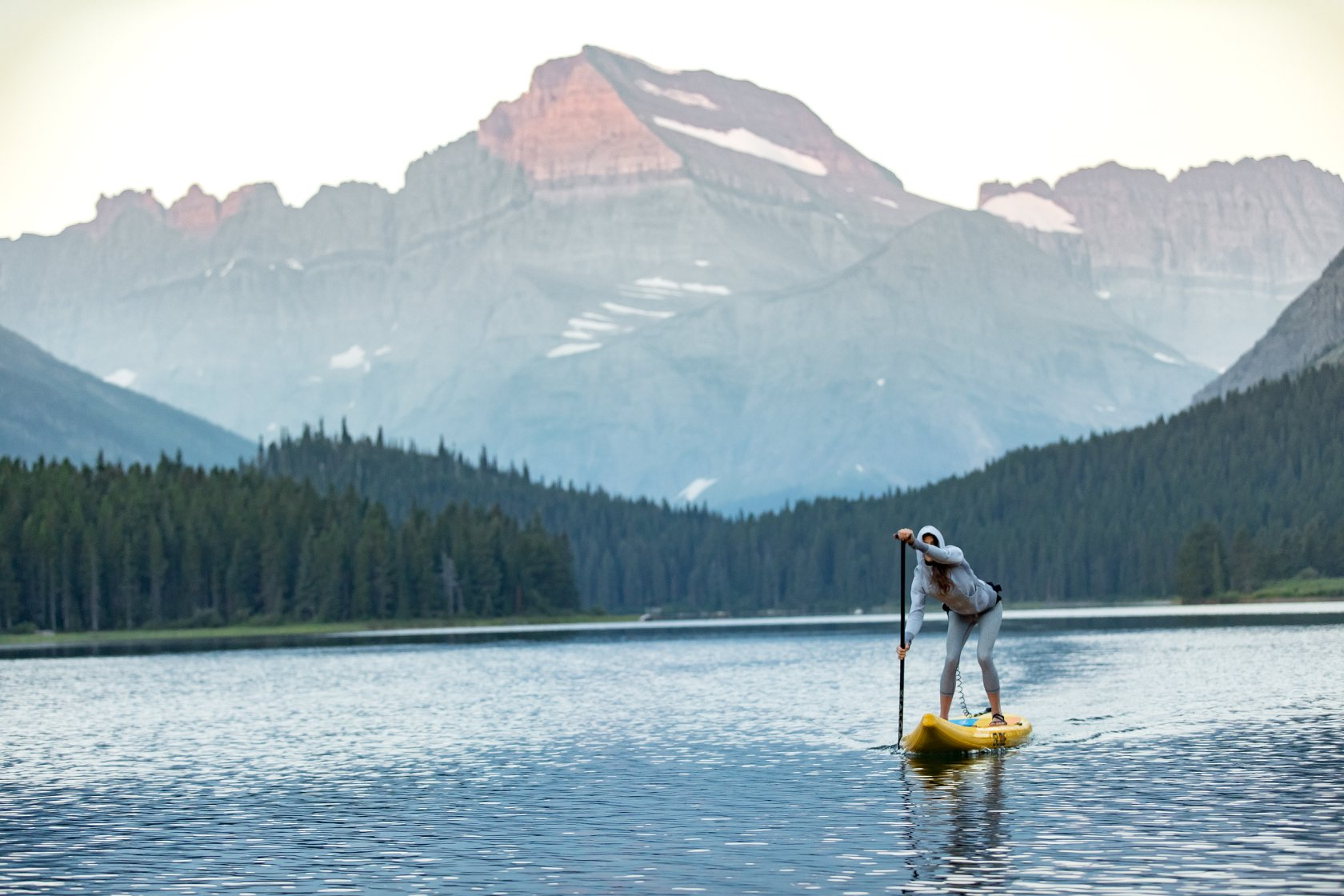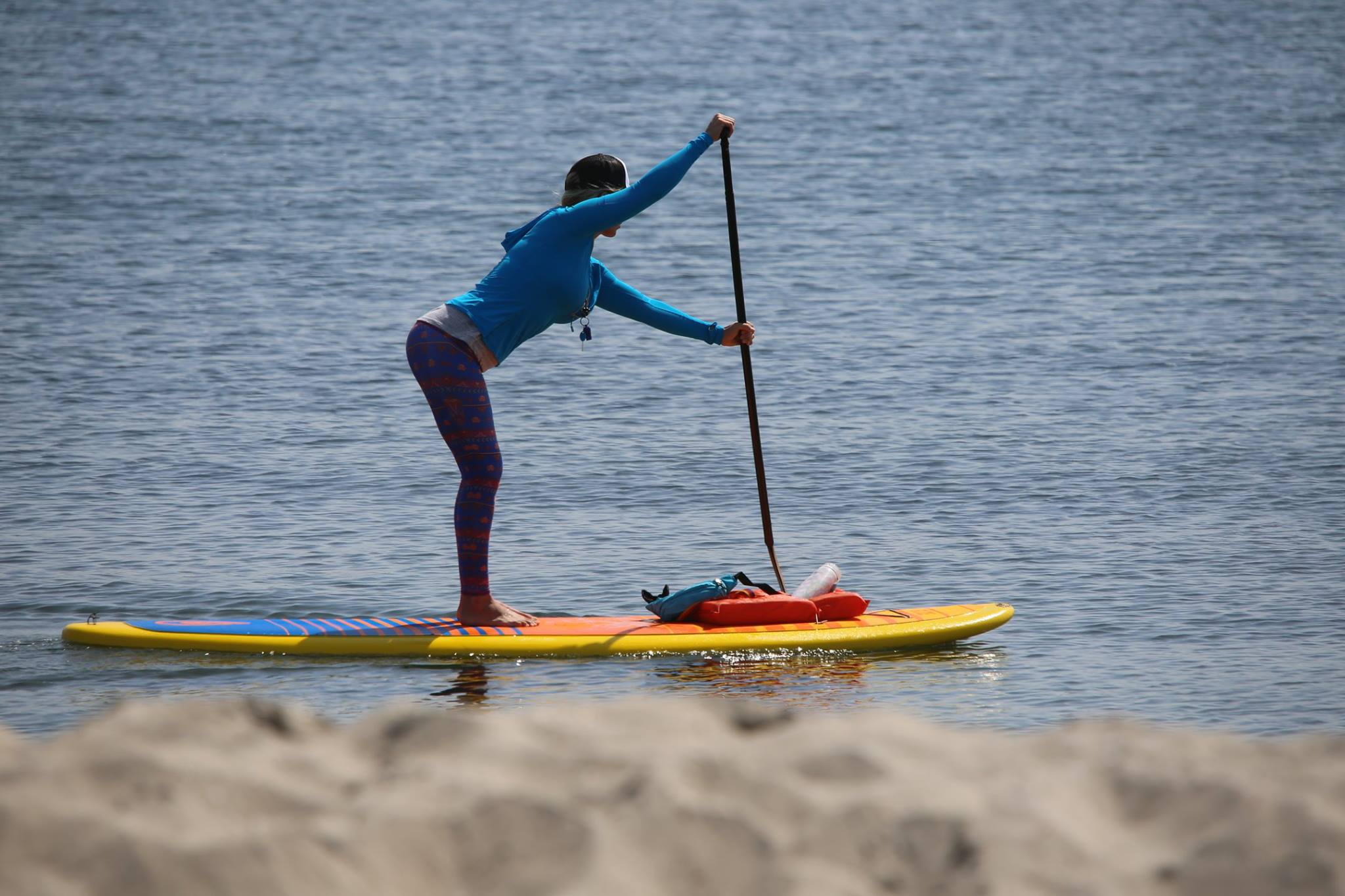
Paddling to Perfection: How Rhythm Enhances Your SUP Experience
Understanding Paddling Rhythm in Paddle Boarding
Stand up paddle boarding, an increasingly popular water sport, offers a unique blend of adventure and tranquility. From the calm of flat water paddle boarding to the thrill of riding ocean waves, it provides enthusiasts with varied experiences. One key factor that significantly influences your stand up paddle boarding experience is your paddling rhythm.

Unveiling the Concept of Paddling Rhythm
Paddling rhythm is the heartbeat of your paddle boarding journey. It's not just about how fast you paddle but about finding a consistent, efficient pace that aligns with your environment, activity, and personal capabilities. This rhythmic flow ensures a seamless interaction with the water, allowing for a rewarding paddle boarding session.
Why Rhythm Matters
Efficiency and Endurance: A rhythmic paddle stroke minimizes wasted energy, enabling you to paddle further and longer. It's about working smarter, not harder.
Speed and Control: Consistency in your strokes ensures steady progress and enhances maneuverability, allowing for precise navigation and stability on the water.
Mindful Connection: Beyond the physical, a steady paddling rhythm offers a meditative quality, fostering a deeper connection with the water and the surrounding nature.

Cultivating Your Paddling Rhythm
Start with Solid Foundations
Beginners should focus on the fundamentals of paddle strokes on calm waters. Opt for a versatile, stable board, like an all-around or recreational SUP, which offers a forgiving platform for honing your skills.
Establishing Your Beat
With the basics under your belt, it's time to find your rhythm. Aim for uniform timing and pressure in each stroke, using your breath or a mental count as a guide. This steady beat is what propels you efficiently across the water's surface.
Refine and Experiment
Your optimal paddling rhythm is as unique as your fingerprint. Experiment with varying cadences to discover what suits your style and the conditions. Adjustments might be necessary based on factors like board type, water dynamics, and personal endurance.
Navigating Different Waters and Boards
Board Dynamics
Different SUPs can influence your paddling rhythm. Touring boards, designed for speed and distance, may encourage a more rapid stroke rate, while wider, more stable boards allow for a more leisurely cadence. Narrower boards like touring paddle boards or SUPs designed for long distances might necessitate a faster rhythm, while wider boards, might be more suited to a slower, more powerful stroke.
Adaptive Rhythms
Your paddling rhythm should be fluid, adaptable to changing water conditions. Calm waters might welcome a relaxed pace, whereas choppy conditions or racing scenarios demand a more vigorous approach.

Concluding Thoughts: The Symphony of SUP
Paddling rhythm is a pivotal aspect of stand up paddle boarding, intertwining efficiency, control, and the sheer joy of being on the water. Whether navigating the serene embrace of a lake on an inflatable SUP or carving through the ocean's waves, understanding and mastering your paddling rhythm elevates your SUP experience from mere activity to art form. So, step on your board, catch the rhythm of the water, and let the journey unfold.


